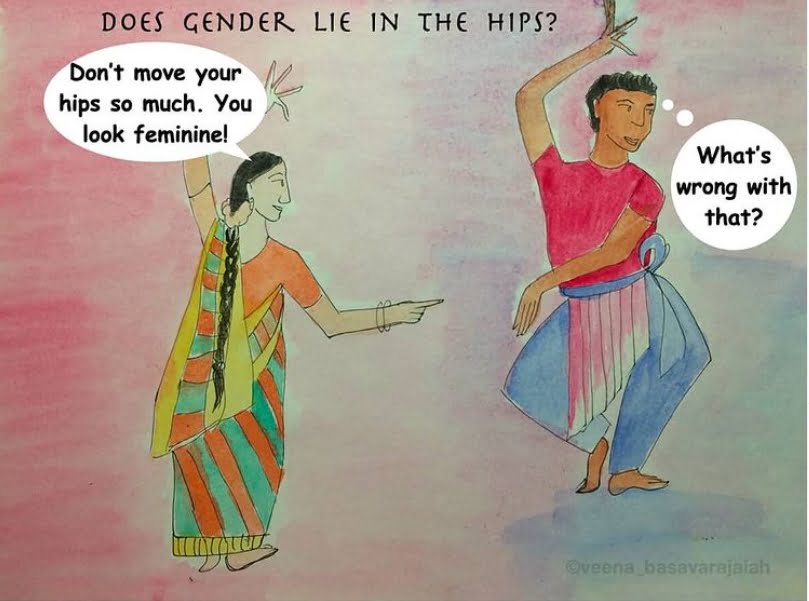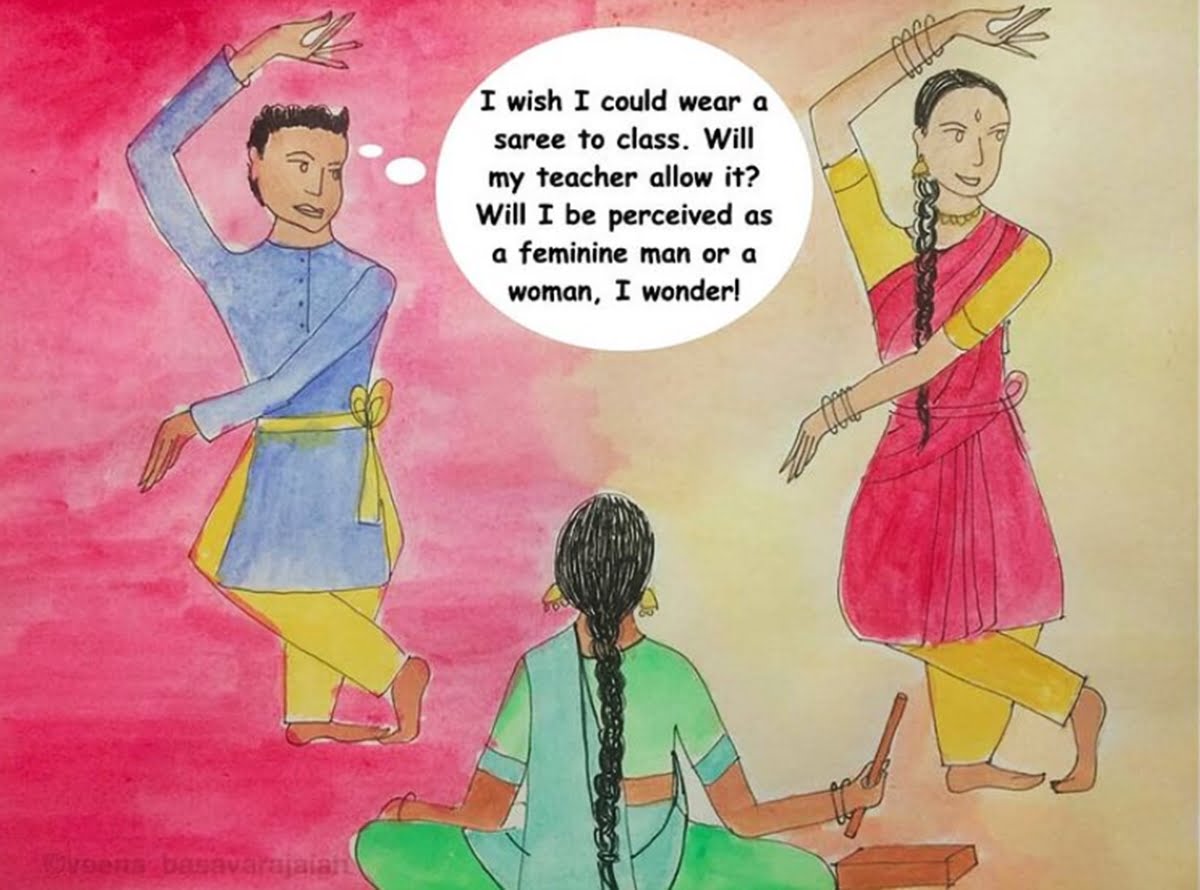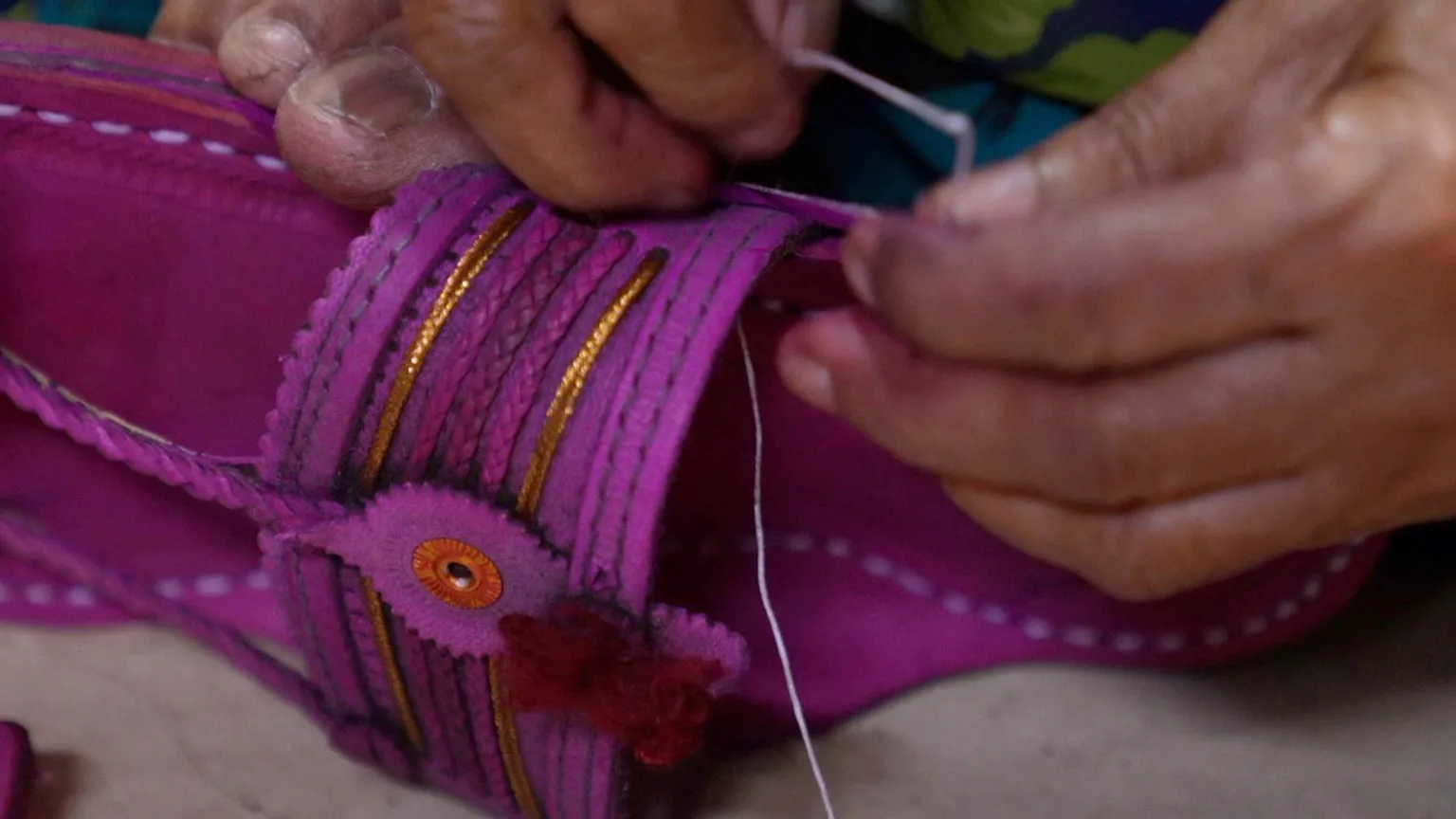Is there a prerequisite condition to lie under any specific gender identity to exhibit aestheticism in dance or is it the art of body and soul that exemplifies it?
Male classical dancers have been seen outlandishly in society because classical dances have been misconceived for the most part as feminine styles and it has been challenging for them to grapple with societal barbs and stereotypes. Apart from traditional dance families, very few liberal families have succored the male gender to comply with what they embrace.
Male classical dancers have been seen outlandishly in society because classical dances have been misconceived for the most part as feminine styles and it has been challenging for them to grapple with societal barbs and stereotypes.
Preconceived Notions
Indian society seems to have an increasingly unidirectional outlook in many aspects. The emphasis is mostly on trying to create a monolithic story of India, codified ways of being in the world sexually or expressing our gender identities. The stigma regarding the male Indian classical dancers is no exception to it because it requires you to be in touch with your feminine and masculine sides which is broadly insular in a patriarchal society like India.
Men are not supposed to wear anklets adorned with bells on their feet (ghungroo), shiny glittery costumes, makeup and the rest required in classical dance styles, because according to our society if they do so then they will come under the appellation of being homosexual or perhaps a trans person. “A man should dance like a man” is a didactic statement often given to them both within and outside the dance fraternity which enunciates the very scope and space for these dancers. In certain cases, men have the permit to adopt other dance styles as their hobby or profession but choosing classical dance styles have always been seen as unpalatable.
Also read: Nrithya Pillai: The Anti-Caste Dancer-Activist Progressively Reviving Bharatanatyam
Do women have the advantage of learning, teaching, and performing these styles because these are conventionally feminine dance forms? This does not imply that women do not struggle through the process or male classical dancers have completely been denied access to it but the extensively adopted viewpoint by the society that classical dances are women-centric makes it difficult for male classical dancers to sustain.

Shadowing Stereotypes
Why cannot the society be as welcoming to the male classical dancers as it to the female classical dancers? Who are the propagators of the stigma around the human anatomy? Ever since the narratives of Indian classical dances changed from bhakti to the narratives serving entertainment to patrons, the whole meaning and purpose of doing it changed. Worshipping was the main aim of the classical dances. Women performers were the sources of amusement and embodied servitude for some of the patrons. For instance, devadasis (girls belonging to the oppressed castes who were offered to gods in the temple as servants) were supposed to perform in the temples only. They were considered auspicious because they were symbolically dedicated to the temples and therefore married to the deity. They were not required to be married to the mortal beings. Their bodies were, thus, assumed to be more accessible and while many devadasis were known to have some degree of sexual freedom, many also suffered sexual abuse.
This dedicationary practice of the devadasis continued and traversed to the royal courts and principalities or kothas. However, during the colonial period, the devadasis came to be looked down upon as sex slaves. Certain narratives and choreographies were made in respect of the male gaze and were clearly sexually appealing. These women dancers continued entertaining the patrons clearly because they had to sustain both the classical art styles and themselves.
Also read: The Inability Of Ballet To Redefine Gender Norms
Now from here, we could easily comprehend that a patriarchal society would never be willing to see a man doing such dance styles which were performed by women from lower caste communities to entertain patrons and satisfy their different needs. In a society that continues to be highly heteronormative, men who chose classical dances as a profession were seen as a disgrace in some parts of society. Toxic masculinity continues to be so deep-rooted in society that men continue to be only seen as the ones who would be entertained and not as entertainers themselves.
Masculinity has always been associated with being powerful, strong and heroic, while femininity with beauty and grace. Classical dances are often been misconceived as styles with only exquisite movements which can be justified by the female gender only.
Masculinity has always been associated with being powerful, strong and heroic, while femininity with beauty and grace. Classical dances are often been misconceived as styles with only exquisite movements which can be justified by the female gender only.
There have been many gurus (from across the gender spectrum) who have proved from time to time that art is beyond the confinements of gender identities and that men can be equally beautiful and graceful as women and have been trying to get rid of such stereotypes prevailing in society. The Ardhnarishwar concept is an example in the Indian classical dance discourse which clearly dismisses such stereotypes from its core.
Efforts to combat looming stereotypes that hinders the growth of Indian male classical dancers should continue till we dismantle the gender binaries and can employ an egalitarian approach and mindset.
Ravi Yadav is a young and promising kathak exponent who is getting trained under the guidance of SNA awardee Pt. Rajendra Gangani and Shri Dheerendra Tiwari. He graduated Magna Cum Laude from Hindu College, University of Delhi with a bachelor degree in Economics and Political Science . Currently he is pursuing diploma honors from National Institute of Kathak, New Delhi and masters in Kathak from Khairagarh University. When he’s not dancing and studying, he can usually be found with his creative and analytical pen. He is tall and slim for no reason and lives in Meerut / Delhi. He can be found on Instagram.
Featured image source: Cartoon Natyam




